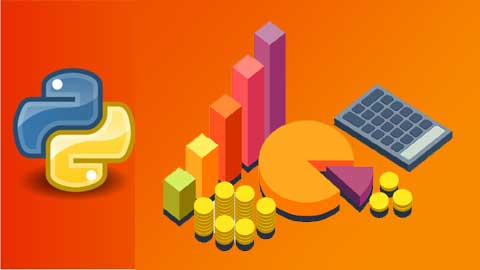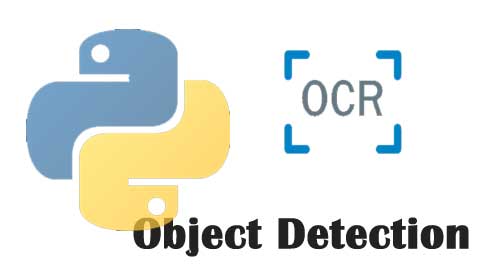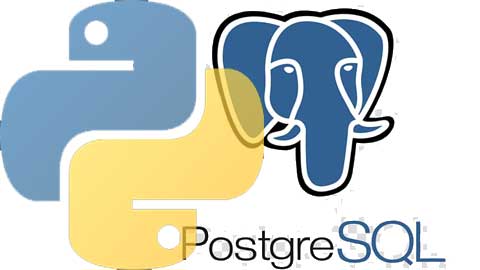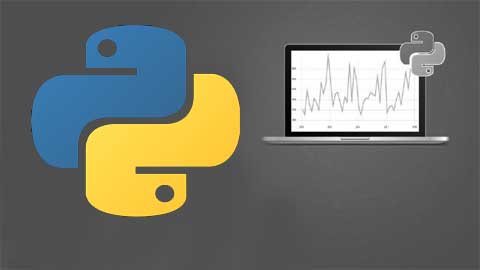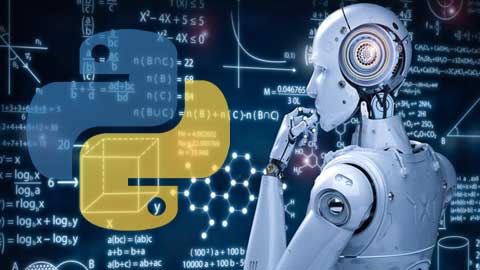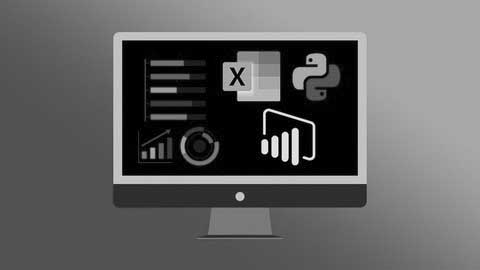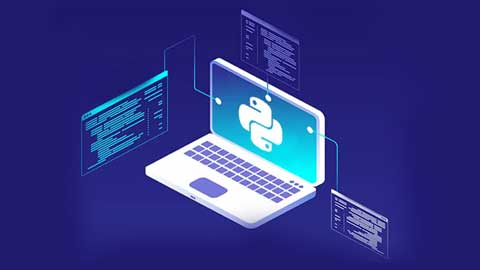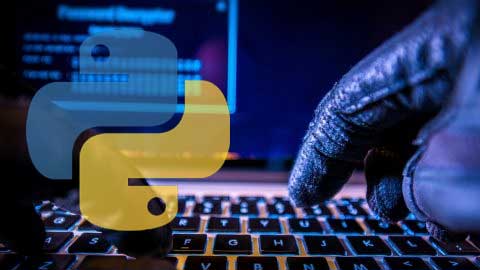What you'll get
- Job Credibility
- Certification Valid for Life
- On-demand video*
- E-Book
- Self-Paced Learning
- Certificate of Completion
Exam details
- Mode of Exam : Online
- Duration : 1 Hour
- Multiple Choice Questions are asked
- No. of Questions are asked : 50
- Passing Marks : 25 (50%)
- There is no negative marking
Learn AI with python from the basics. This is the complete course for python beginners to intermediate students. The course certificate in ai with python covers all the essentials of artificial intelligence that are used in today's world. Python is a powerful machine learning language that helps many businesses understanding their critical data around the world.
If you want to learn data science and python programming in the general term with the in-depth curriculum, then this is the course for you. Ai means Artificial Intelligence is the need for businesses nowadays. So, if you learn this skill, then you can build up a righteous path for your career. As you will explore concepts like python lists, arrays, and data frames. Besides this, you will also know other terms.
What will you explore in this online course?
- You will understand the basic concepts of Python
- Also, getting knowledge of data structure
- Learning and working with data sets
- mastering one of the most popular programming languages
- typing the efficient codes
- becoming expert with the essential functions.
So, enroll in this course because this will allow you to be the master of data visualization and after the course, you will start working on these similar projects in the companies. Also, you can go with other advanced studies to be more professional.
Course Content
-
What is Artificial Intelligence?
-
Why do we need to study AI?
-
Applications of AI
-
Branches of AI
-
Defining intelligence using Turing Test
-
Making machines think like humans
-
Building rational agents
-
General Problem Solver
-
Building an intelligent agent
-
Installing Python 3
-
Installing packages
-
Loading data
-
Supervised versus unsupervised learning
-
What is classification?
-
Preprocessing data
-
Label encoding
-
Logistic Regression classifier
-
Naïve Bayes classifier
-
Confusion matrix
-
Support Vector Machines
-
Classifying income data using Support Vector Machines
-
What is Regression?
-
Building a single variable regressor
-
Building a multivariable regressor
-
Estimating housing prices using a support vector Regressor
-
What is Ensemble Learning?
-
What are Decision Trees?
-
What are Random Forests and Extremely Random Forests?
-
Dealing with class imbalance
-
Finding optimal training parameters usinggrid search
-
Computing relative feature importance
-
Predicting traffic using extemely random forest regressor
-
What is unsupervised learning?
-
Clustering data with K-means algorithm
-
Estimating the number of clusters with mean Shift algorithm
-
Estimating the quality of clustering with sihouette scores
-
What are Gaussain Mixture Models?
-
Building a classifier based on Gaussain Mixture Models
-
Finding subgroups in stock market using Affinity Propagation model
-
Segmenting the market based on shopping patterns
-
Creating a training pipeline
-
Extracting the nearest neighbors
-
Building a K-nearest Neighbors classifier
-
Computing similarity scores
-
Finding similar users using collaborative filtering
-
Building a movie recommendation system
-
What is logic programming?
-
Understanding the building blocks of logic programming
-
Solving problems using logic programming
-
Installing python packages
-
Matching Mathematical expressions
-
Validating primes
-
Parsing a family tree
-
Analyzing geography
-
Building a puzzle solver
-
What is heuristic Search?
-
Constraint Satisfaction Problems
-
Local search techniques
-
Constructing a string using greedy search
-
Solving a problem with constraints
-
Solving the region-coloring problem
-
Building an 8-puzzle solver
-
Building a maze solver
-
Understanding evolutionary and genectic algorithms
-
Fundamental concepts in genetic algorithms
-
Generating a bit pattern with predefined parameters
-
Visualizing the evolution
-
Solving the symbol regression problem
-
Building an intelligent robot controller
-
Using search algorithms in games
-
Combinatorial Search
-
Minimax algorithm
-
Alpha-Beta pruning
-
Negamax algorithm
-
Installing easyAI library
-
Building a bot to play last coin standing
-
Building a bot to play Tic-Tac-Toe
-
Building two bots to play connect four against each other
-
Building two bots to play Hexapawn against each other
-
Introduction and installation of packages
-
Tokenizing text data
-
Converting words to their base forms using stemming
-
Converting words to their base forms using lemmatization
-
Dividing text data into chunks
-
Extracting the frequency of terms using a bag of words model
-
Building a category predictor
-
Constructing a gender identifier
-
Building a sentiment analyzer
-
Topic modeling using latent dirichlet allocation
-
Understanding sequential data
-
Handling time-series data with pandas
-
Slicing time-series data
-
Operating on time-series data
-
Extracting statistics from time-series data
-
Generating data using Hidden Markov Models
-
Identifying alphabet sequences with conditional random fields
-
Stock market analysis
-
Working with speech signals
-
Visualizing audio signals
-
Transforming audio signals to the frequency domain
-
Generating audio signals
-
Synthesizing tones to generate music
-
Extracting speech features
-
Recognizing spoken words
-
Installing OpenCV
-
Frame differencing
-
Tracking objects using colorspaces
-
Object tracking using background subtraction
-
Building an interactive object tracker using the CAMShift algorithm
-
Optical flow based tracking
-
Face detection and tracking
-
Eye detection and tracking
-
Introduction to artificial neural networks
-
Building a Perceptron based classifier
-
Constructing a single layer neural network
-
Constructing a multilayer neural network
-
Building a vector quantizer
-
Analyzing sequential data using recurrent neural networks
-
Visualizing characters in an Optical Character Recognition database
-
Building an Optical Character Recognition engine
-
Understanding the premise
-
Reinforcement Learning versus supervised learning
-
Real world examples of reinforcement learning
-
Creating an environment
-
Building a learning agent
-
What are Convolutional Neural Networks?
-
Architecture of CNNs
-
Types of Layers in a CNN
-
Building a perceptron-based linear regressor
-
Building an image classifier using a single layer neural network
-
Building an image classifier using a Convolutional Neural Network
Reviews
Related Courses
1- Select your Course for Certification.
2- Click on Buy Now.
3- Proceed to Checkout If You are registered User or Create an Account.
4- Choose Your Billing Address or Add New and Click on Continue.
5- Choose Payment Method and Click on Continue to Complete Your Payment.
6- After Successful Payment You will receive an Email regarding your order, and You can login your account in order to access the course and its exam.
7- After, You Finish an exam, and qualified it, you will be able to download your certificate immediately.
To buy a course, you need to click on the ‘Buy Now’ option available on the course page. After clicking on it, you can proceed ahead and make the payment of the course using a convenient mode of payment to buy it. For Help Watch a video here
After you have selected the course
that you wish to purchase, click on the ‘Buy Now’ option on the course page.
This will redirect you to the Checkout page. In case you wish to apply any
coupon code, the page will provide you an option to do so.
If you are new to the site, you will
be asked first to create an account, In this case, you will have to fill a form.
On the Checkout page, simply select
the payment mode that you wish to use for purchasing the course. The payment
options available are Credit/ Debit Card, Internet Banking, as well as UPI.
After making the payment successfully, you will receive a confirmation message as well as an email at the registered email address.
How To Make Payment of The Course - Watch Video
You can immediately start the course as per your convenience by going on the dashboard and entering the correct credentials. Check, How can I login to my course.
The
courses available here are completely online and, thus, offer the
flexibility to one to complete the course within his/her time. The course
duration mentioned in the course syllabus would be printed on the course certificate.
However, the user can finish the course in lesser time as well.
Step 1 - Login Your Account with the credentials (Email - ID and Password) you have created at the time of registration
Step 2 - Click on "MY COURSES"
Step 3 - Navigate the left panel of your browser screen and scroll down
Step 4 - At last, you will see EXAM option, click on that and the exam screen will appear with information such as No. of questions and exam time.
Step 5 - If you are preparing for it, Then Click on START EXAM. Know more, How To Take Exam
The minimum passing marks percentage for each course is 50%. Only once
the user passes the exam, he/she is eligible for the Certificate.
For verification of the course certificate, you have to simply scan the QR code or can use Certificate No to verify your certificate.
Click here to verify your certificate

